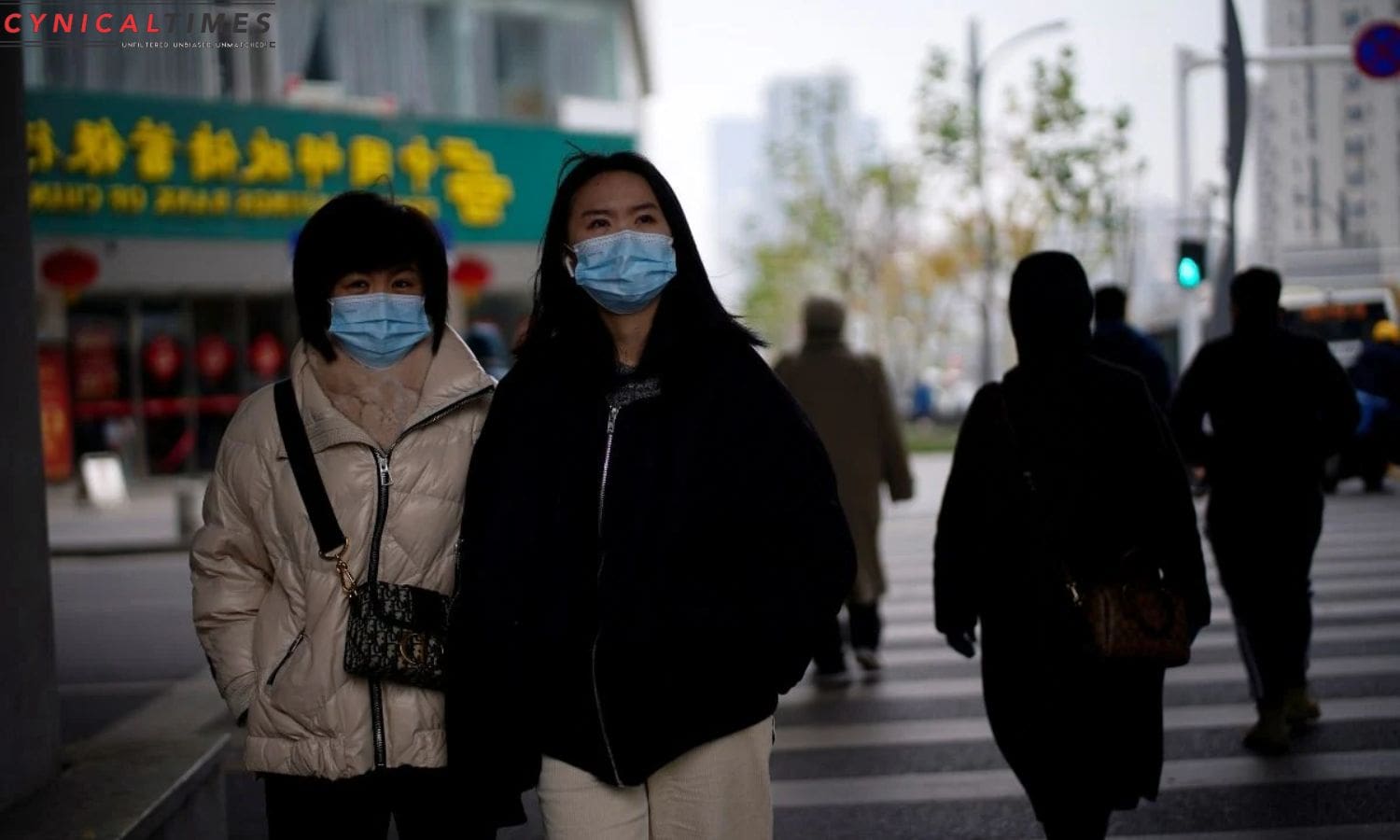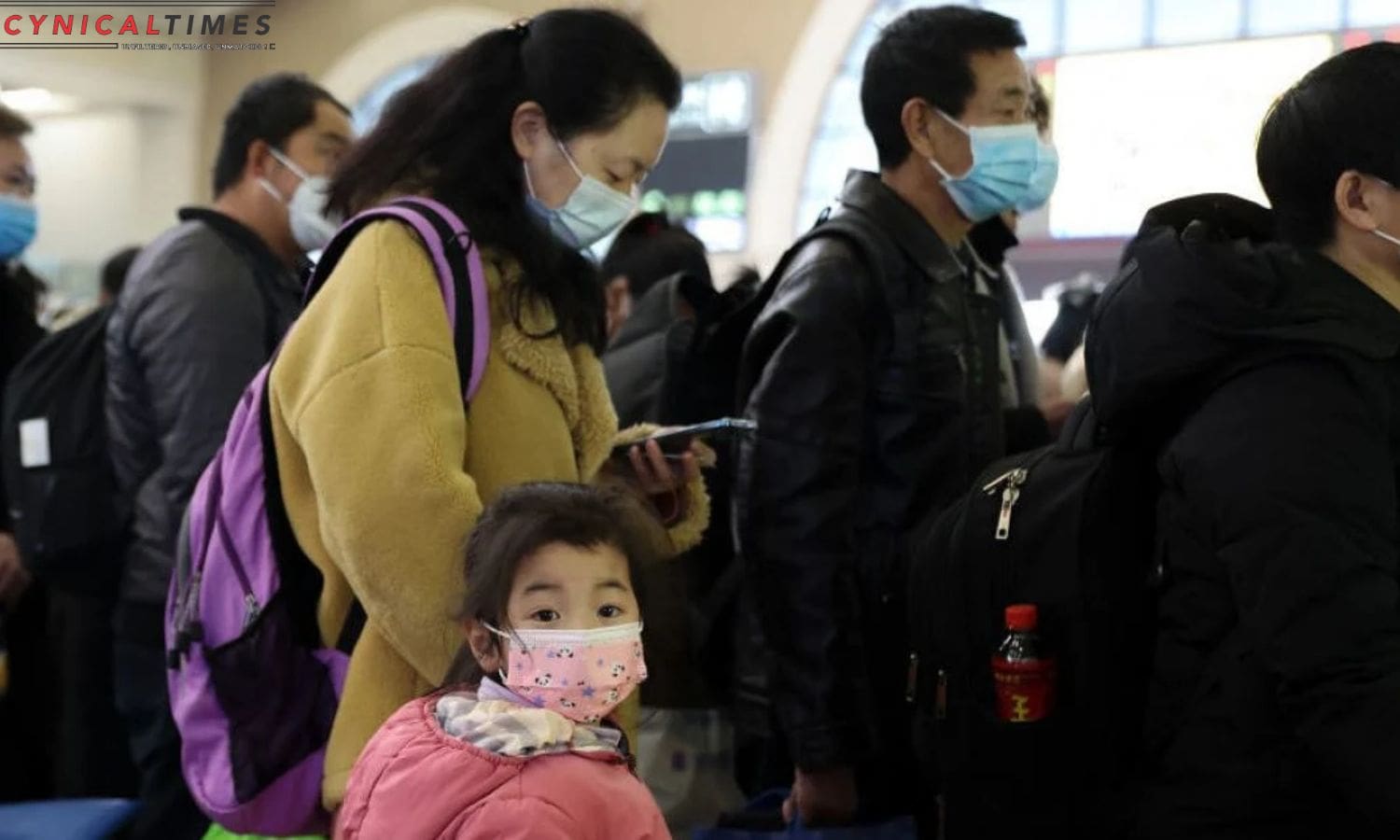WHO Inquiries of Respiratory Illnesses in China: In a recent move, the World Health Organization (WHO) has reached out to Chinese authorities for information regarding an increase in respiratory illnesses and reported clusters of pneumonia in children. This inquiry is being labeled as a routine check, but the global health watchdog’s actions have raised questions about transparency, especially considering past concerns related to the reporting of COVID-19 cases.
Chinese authorities attributed the surge in respiratory diseases to the relaxation of COVID-19 restrictions and the circulation of known pathogens such as influenza, clusters of pneumonia in children, respiratory syncytial virus, and the virus causing COVID-19. However, the WHO, in collaboration with groups like the Program for Monitoring Emerging Diseases, received reports of undiagnosed pneumonia clusters in children in north China.
The WHO’s request for additional information includes epidemiologic and clinical details, as well as laboratory results from the reported outbreaks among children. This initiative is part of the International Health Regulations mechanism, emphasizing the importance of global cooperation and transparency in public health matters.


Also Read: Hangover Free Hustle: A Guide to Savoring the Night and Conquering the Morning
While Chinese authorities have addressed the increase in respiratory diseases, the undiagnosed pneumonia clusters in children seem to have caught international attention. The WHO’s move aims to clarify whether these clusters are linked to the overall surge reported by Chinese authorities or if they represent separate events.
The transparency of information related to health issues has been a focal point since the early days of the COVID-19 pandemic, with questions raised about the initial reporting from Wuhan. The WHO’s current actions underline the necessity for open communication and collaboration to effectively address and understand emerging health challenges.
As China enters its first full winter season post the relaxation of strict COVID-19 measures, concerns about a potential spike in respiratory illnesses have been growing. Similar patterns have been observed in other countries following the easing of pandemic measures.
Experts suggest that the current surge might be a combination of seasonal factors and a potential ‘immunity debt’ resulting from milder winter surges in the past few years. The rise in respiratory illnesses comes as China, like many other nations, navigates the complexities of managing health issues amid ongoing efforts to control the COVID-19 pandemic.


The WHO’s recommendation for people in China to follow measures to reduce the risk of respiratory illness includes vaccination, maintaining distance from sick individuals, staying home when unwell, getting tested and seeking medical care as needed, appropriate mask-wearing, ensuring good ventilation, and practicing regular hand-washing. While the WHO emphasizes routine checks, the situation underscores the ongoing importance of vigilance and international cooperation in public health monitoring.
Our Reader’s Queries
What is the new virus in China 2023?
According to Chinese media, the outbreak is being attributed to mycoplasma pneumonia, also known as walking pneumonia. This bacterial infection typically causes symptoms in the upper respiratory tract, but can also lead to more severe lung problems and pneumonia.
What are the symptoms of pneumonia in China?
You may have heard of it as “walking pneumonia.” Its symptoms include cough, fever, shortness of breath, chest pain, and fatigue.
What are the respiratory disease pandemics?
Serious outbreaks, including pandemics like SARS, MERS, HIV, H1N1, and the current COVID-19, impact the respiratory system.
What is the new pathogen discovered?
Amidst the global fight against the monkeypox virus and COVID-19 pandemic, a new animal virus called Langya henipavirus (LayV) has been found in humans in Eastern China. This discovery adds to the ongoing challenges faced by healthcare professionals and researchers worldwide.

